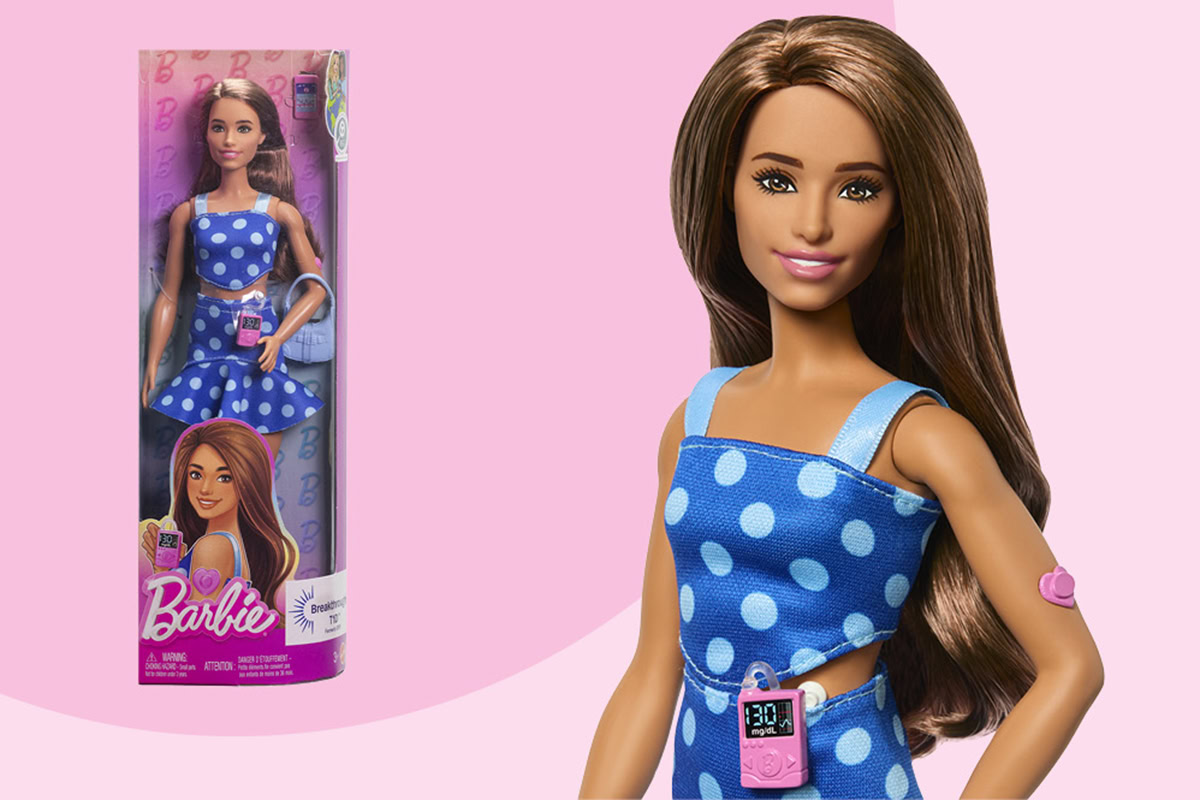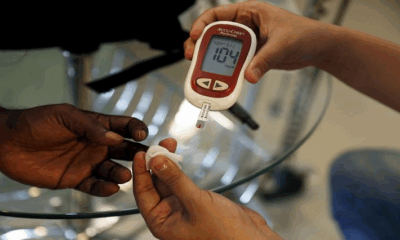Culture Craze
Barbie Just Got More Real, Thanks to Holly Rey

When Holly Rey played with Barbie dolls as a child, she never saw one that looked like her, not because of her skin tone or hair texture, but because of what was happening inside her body. Diagnosed with type 1 diabetes at just 11 years old, the award-winning South African singer spent her early years navigating a condition few kids understood. In many ways, she felt invisible.
Now, at 29, Holly is changing the game, not just for herself but for the millions of South Africans living with diabetes. She has teamed up with Barbie to unveil the brand’s first-ever doll with type 1 diabetes, marking a powerful step forward in global representation. This is not just a pretty doll with an insulin pump; it is a conversation starter, a stigma breaker, and a symbol of visibility for anyone who has ever felt “othered” because of a health condition.
Also read: Diddy to Be Sentenced in October: What Comes Next for the Fallen Icon?
“If Barbie Has Diabetes, Maybe It’s Cool That I Do Too”
Barbie has always worn many hats: doctor, astronaut, president. Now, for the first time, she wears an insulin pump. That small detail could mean the world to a child trying to make sense of their diagnosis.
“I was bullied,” Holly admits, reflecting on her school years. “People thought I had done something wrong, like I ate too many sweets. I was excluded from birthday parties and sports.” Her story is painfully familiar to many young diabetics in South Africa, where between 4.3 and 5.6 million people live with diabetes, according to recent estimates.
So when Mattel invited her to be part of this global campaign alongside 10-year-old dancer and fellow diabetic Sayuri Sewsunker, the answer was an emotional yes.
“This is so close to my heart,” Holly says. “If there had been a Barbie like this when I was growing up, it would have changed everything. It tells kids, ‘You are not broken. You’re seen. You matter.’”
A Doll Sparking Real-World Change
Beyond the pink packaging, this Barbie represents something far bigger. It reshapes how we talk about chronic illness, especially one that still carries a cloud of misunderstanding. For years, diabetes, particularly type 1, has been sidelined in media and education. It is rarely visible, often misunderstood, and typically treated as an adult condition rather than a childhood one.
Krista Berger, Senior Vice President of Barbie and Global Head of Dolls at Mattel, explains the brand’s evolving mission: “Barbie helps shape children’s early perceptions of the world. By including medical conditions like type 1 diabetes, we give more kids the chance to see themselves in their play, and teach empathy at the same time.”

Image 1: News24
Social Media Applauds the Move
The response online has been overwhelmingly positive. South African parents and medical professionals have taken to platforms like X (formerly Twitter) and Instagram to celebrate the launch. Comments range from “finally, real representation!” to “this could have helped my daughter feel less alone.”
Healthcare advocates praise the initiative for bringing important conversations into family homes, where many children may be struggling in silence. With public awareness still lagging, especially around type 1 diabetes, this doll could bridge the gap between misunderstanding and compassion.
Holly’s Bigger Mission
The announcement comes as Holly continues her personal health battle. After suffering kidney failure, anaemia, and high blood pressure in recent months, she has been in and out of hospital since December. Instead of retreating, she is using her story to lead.
“This is more than a doll,” Holly insists. “It is a tool for change for children, adults, and healthcare decision-makers. It is time to rethink who diabetes affects and how we support them.”
If Barbie can help do that, one play session at a time, then maybe, just maybe, we are heading in the right direction.
Also read: “I Still Miss Him”: Emtee’s Emotional Tribute to AKA as Murder Investigation Faces Scrutiny
Follow Joburg ETC on Facebook, Twitter , TikTok and Instagram
For more News in Johannesburg, visit joburgetc.com
Source: TimesLIVE
Featured Image: Breakthrough T1D

























